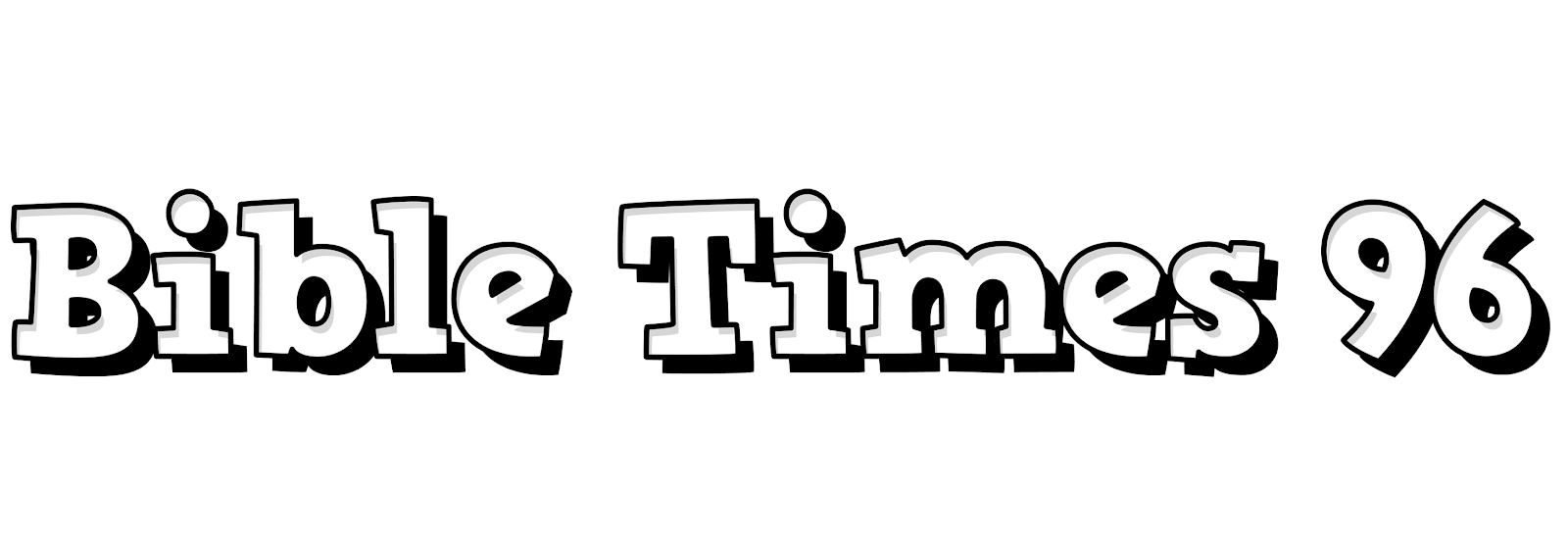What Are Deuterocanonical Books? - Understanding the Biblical Canon and the Septuagint
Many Bible readers come across terms
like Deuterocanonical, Apocryphal, or Septuagint, and wonder what they really
mean. These are key to understanding why different Bibles contain different
books and how the biblical canon was formed over time.
Let’s explore this journey step by step.
What Does Deuterocanonical Mean?
The word Deuterocanonical comes from
Greek:
Deutero = "second"
Canon = "rule" or
"measuring rod"
These are books included in the Old
Testament canon by Catholics and Orthodox Christians but not by Protestants or
Jews.
They are considered "second in
order" (not second in importance) because they were added later to the
canon, mostly from the Greek Septuagint.
What Are Apocryphal Books?
Apocrypha means “hidden” in Greek.
Protestants refer to the
Deuterocanonical books as Apocrypha and exclude them from their Old Testament.
These books are still considered useful
for reading but not authoritative for doctrine in Protestant circles.
What Is the Septuagint (LXX)?
The Septuagint is the ancient Greek
translation of the Hebrew Bible, produced between the 3rd and 1st centuries BC.
It was created by Jewish scholars for
the large Greek-speaking Jewish community in Egypt.
The name Septuagint (“seventy”) refers
to the tradition that 70 or 72 scholars translated it.
The Septuagint included more books than
the Hebrew Bible — these became the Deuterocanonical books.
Early Christians used the Septuagint and
quoted it frequently in the New Testament.
Books Unique to the Septuagint
Books in Catholic Bibles
(Deuterocanonicals)
Tobit
Judith
Wisdom of Solomon
Sirach (Ecclesiasticus)
Baruch (including Letter of Jeremiah)
1 Maccabees
2 Maccabees
Additions to Daniel (Prayer of Azariah,
Song of the Three, Susanna, Bel and the Dragon)
Additions to Esther
Books Found in Eastern Orthodox Bibles
(Beyond Catholic Canon)
1 Esdras
3 Maccabees
4 Maccabees (in some traditions)
Psalm 151
Prayer of Manasseh
2 Esdras (sometimes)
How Septuagint Verses Differ from Hebrew
Versions
The Septuagint often differs from the
Hebrew Masoretic Text in important ways. Here are a few examples:
1. Isaiah 7:14
LXX: “A virgin shall conceive...”
MT: “A young woman shall conceive...”
Used in Matthew 1:23 to support the
virgin birth.
2. Deuteronomy 32:43
LXX: “Let all the angels of God worship
Him.”
MT: Line is absent.
Quoted in Hebrews 1:6 about Jesus’
divinity.
3. Psalm 40:6
LXX: “A body You have prepared for me.”
MT: “You have opened my ears.”
Quoted in Hebrews 10:5 to show Christ’s
sacrificial body.
4. Habakkuk 2:4
LXX: “The righteous shall live by my
faith.”
MT: “...by his faithfulness.”
Used in Romans 1:17 and Galatians 3:11
for justification by faith.
Messianic Worship in the Septuagint
The Septuagint includes verses that show
the Messiah being worshiped, helping early Christians understand Jesus as
divine.
Examples:
Deuteronomy 32:43 – “Let all the angels
of God worship Him” (Hebrews 1:6)
Psalm 45:6 – “Your throne, O God, is
forever...” (Hebrews 1:8)
Daniel 7:14 – “All nations shall serve
Him”, often interpreted as worship.
These verses are not always as clear in
the Hebrew Bible, making the Septuagint especially important in New Testament
theology.
How Was the Canon Formed?
The biblical canon refers to the
official list of books recognized as inspired Scripture.
Old Testament Canon
Jewish canon: Finalized around 90 AD
(Council of Jamnia), excludes the Deuterocanonicals.
Christian Old Testament:
Catholics and Orthodox: Follow the
Septuagint.
Protestants: Follow the Hebrew canon
only.
New Testament Canon
Formed gradually from the 1st–4th
centuries.
Key figure: Athanasius (367 AD) – listed
all 27 NT books we use today.
Finalized in the Council of Carthage
(397 AD).
Key Canon-Confirming Councils
Council of Rome (382 AD) – First
official list including Deuterocanonicals.
Council of Hippo (393 AD) – Affirmed
same list.
Council of Carthage (397 & 419 AD) –
Finalized Catholic canon.
Council of Trent (1546 AD) – Reaffirmed
canon after the Reformation.
Canon Comparison by Tradition
Jewish Bible
24 books (corresponds to Protestant OT)
No NT, no Deuterocanonicals
Protestant Bible
66 books (39 OT + 27 NT)
Rejects Deuterocanonicals (calls them
Apocrypha)
Catholic Bible
73 books (46 OT + 27 NT)
Includes Deuterocanonical books
Eastern Orthodox Bible
76–79 books (includes additional OT
books from Septuagint)
27 NT books (same as all Christian
traditions)
Final Thoughts
Understanding the Deuterocanonical
books, the Septuagint, and the formation of the biblical canon helps us
appreciate:
Why different Bibles have different
content
How the early Church viewed Scripture
How New Testament theology connects
deeply with the Greek Old Testament








